This is an encore of a Musings first published here on May 24, 2018:
In the world of railroading, they are known as “fallen flags … railroads which had a long history and were vibrant and valuable assets in the region or portion of the country which they served, most known as much for their passenger trains as for hauling freight.
Whether they were simply called emblems … appearing on the uniforms of their employer … or the railroad’s crest … they are the artistic design that instantly identifies the company.
I recently came upon a collection of these emblems and felt it’d be interesting to display a few. Since this collection included several railroads which were prominent in the eastern part of the U. S. during the last century — and some going back to the 1800s — that eventually merged into the CSX Transportation system, I thought this group would be an excellent place to start, along with giving you a little history as we go.
Before the end of The Second World War, most railroads had a reasonably successful passenger train business. However, following the end of the War, things changed in America, and the automobile quickly became the dominant mode of transportation … and with the decrease in ridership, both local and long-distance, passenger trains became a losing proposition for the industry.
Hence, with revenues dropping dramatically for most lines, the word “merger” would be the prime topic in most railroad boardrooms across the land — and began to happen with significance in the later 1950s. This led to where we are today, with the United States having just four major railroad companies … six if you count the Canadian roads, Canadian Pacific and Canadian National, both of which control trackage within the United States.
With all that said, in this first writing, let’s look at the primary heritage of just one, CSX Transportation:
Two railroads that operated primarily in the southeastern portion of the U. S. — the Atlantic Coast Line and Seaboard Air Line — serving much the same territory and both operating express passenger service as far north as Washington, D. C., and New York City, agreed to merge, which was completed on July 1, 1967, forming the Seaboard Coast Line Railroad.
Next, the Monon — which operated primarily in the state of Indiana and into Chicago and Louisville — chose to merge into the larger and fairly dominant line in the mid-south, the Louisville & Nashville, on July 31, 1971.
Just over a decade later, the next major merger was completed when the Louisville and Nashville Railroad merged with the Seaboard Coast Line on December 29, 1982, to form the Seaboard System Railroad.
Are you still with me?
Less than four years later, on July 1, 1986, the Seaboard System Railroad joined with the Chesapeake and Ohio and Western Maryland Railroads to form CSX, one of the two major lines serving the southeastern quadrant of the nation … the other being Norfolk Southern. A year later, the Baltimore and Ohio joined the CSX “party” on August 31, 1987.
Keep in mind that, from the early days of railroads in America, lines noted here, such as the C & O, B & O, and the L & N, were created through the consolidations of many small railroads which had been built by entrepreneurs and linked just a few communities … and the acquisition of others which fit within or extended their territory.
Other than a couple of small acquisitions in the early 1990s, things would remain fairly static for CSX until 1999, when CSX and Norfolk Southern would join together to “divide the spoils,” so to speak, in acquiring the assets of the northeastern U. S.’s major rail operation, the government-created Conrail system … created by combining the assets of a sizable group of mostly-bankrupt railroads. But that’s a story for another time!

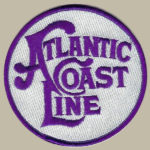
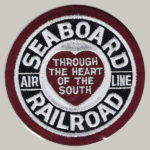
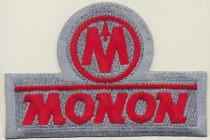
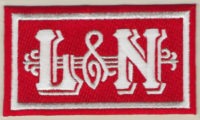
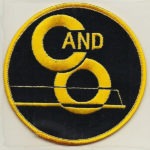
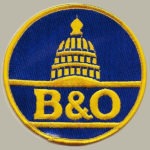

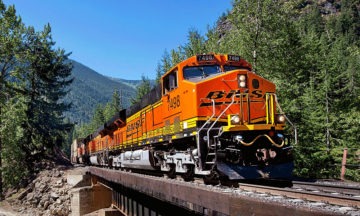
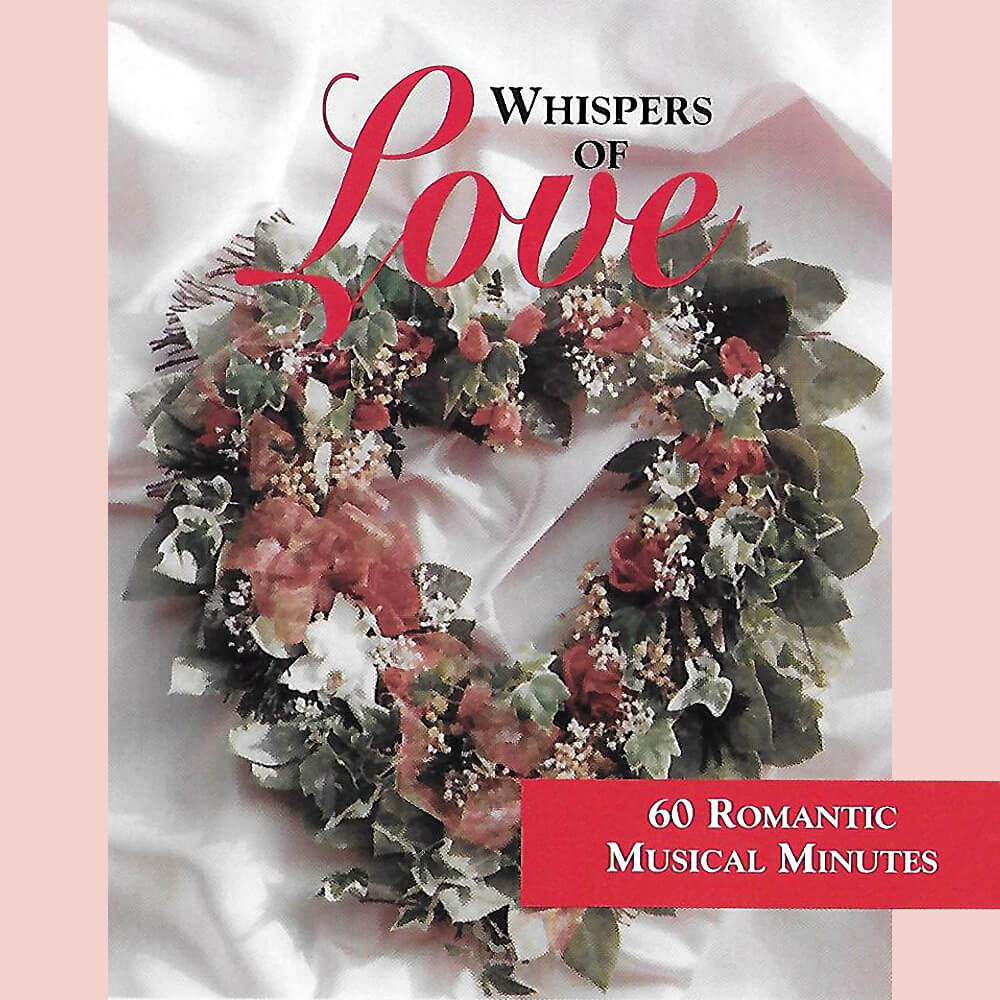
Incorrect information here.
July 1,1969, Piedmont & Northern merged into SCL.
Atlantic Coast Line owned, from 1900, controlling interest in L&N. As well as Clinchfield, Georgia, Atlanta & West Point and the Western Railway of Alabama.
When L&N took over Monon in 1971, it was taken into the L&N. The L&N had taken over the Nashville Chattanooga & St. Louis railroad in 1957. The Gainesville Midland was owned by the Seaboard Air Line and became part of SCL. On January 1,1983, SCL Industries merged all rr’s they controlled into Seaboard System.
Those being SCL/L&N/GA/CRR/A&WP/WA. Then in 1986 SCL industries merged with Chessie SystemCorp and Western Maryland/C&O/B&O all became CSXT.
Thus effective railroading of the 50’s and 60’s was ruined by needless and bad mergers and service has gone to hell ever since.
In 1955 it took a boxcar 9 days to get from Miami to Seattle. Now on average it takes over two weeks, now that’s “progress” right ???
Thank you, Gary, for those added details.
Re slower movement of railcars today … how about the fact that the Pennsylvania passenger trains pulled by steam made it between NYC and Chicago in less time than Amtrak can do it today.